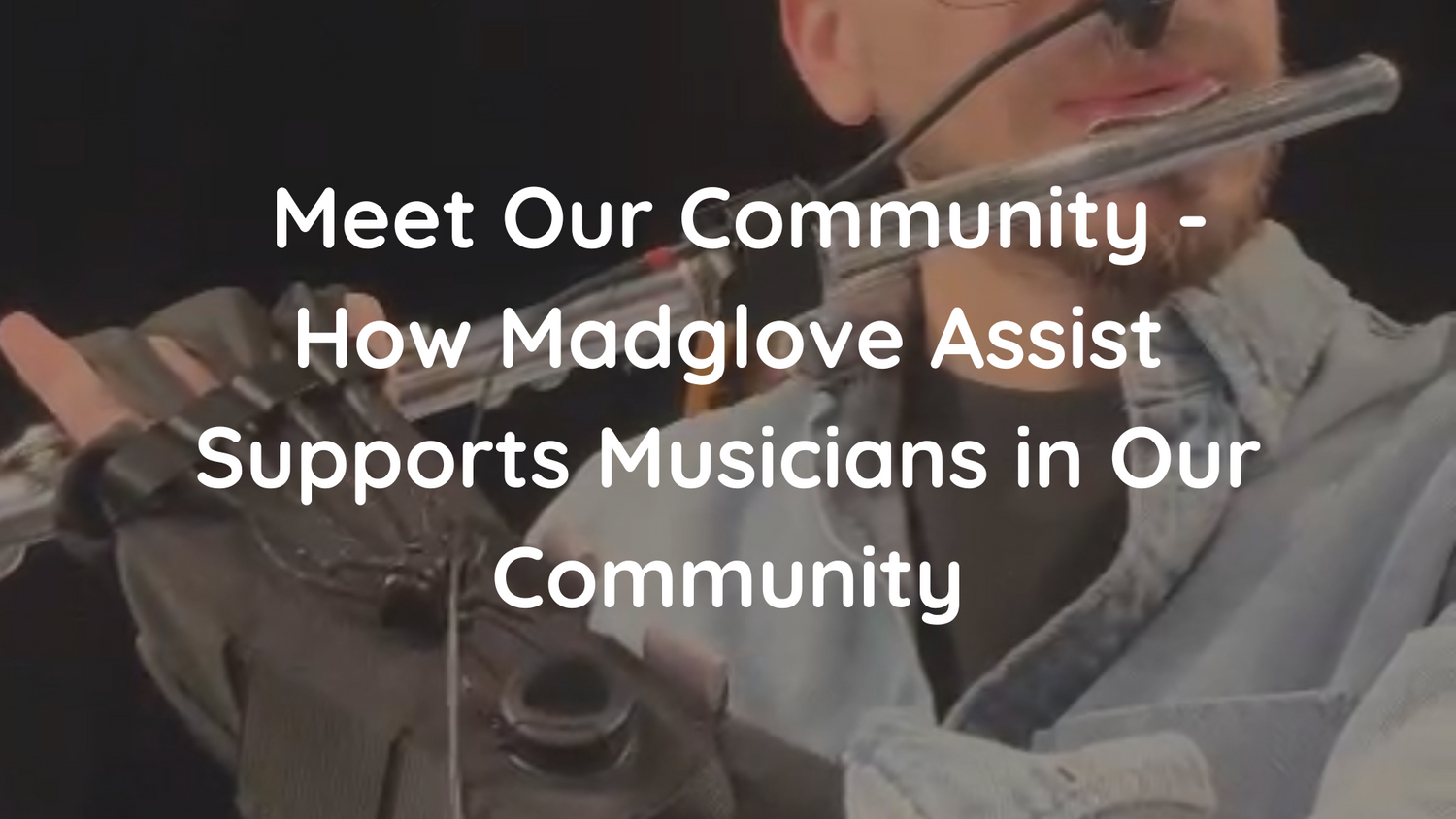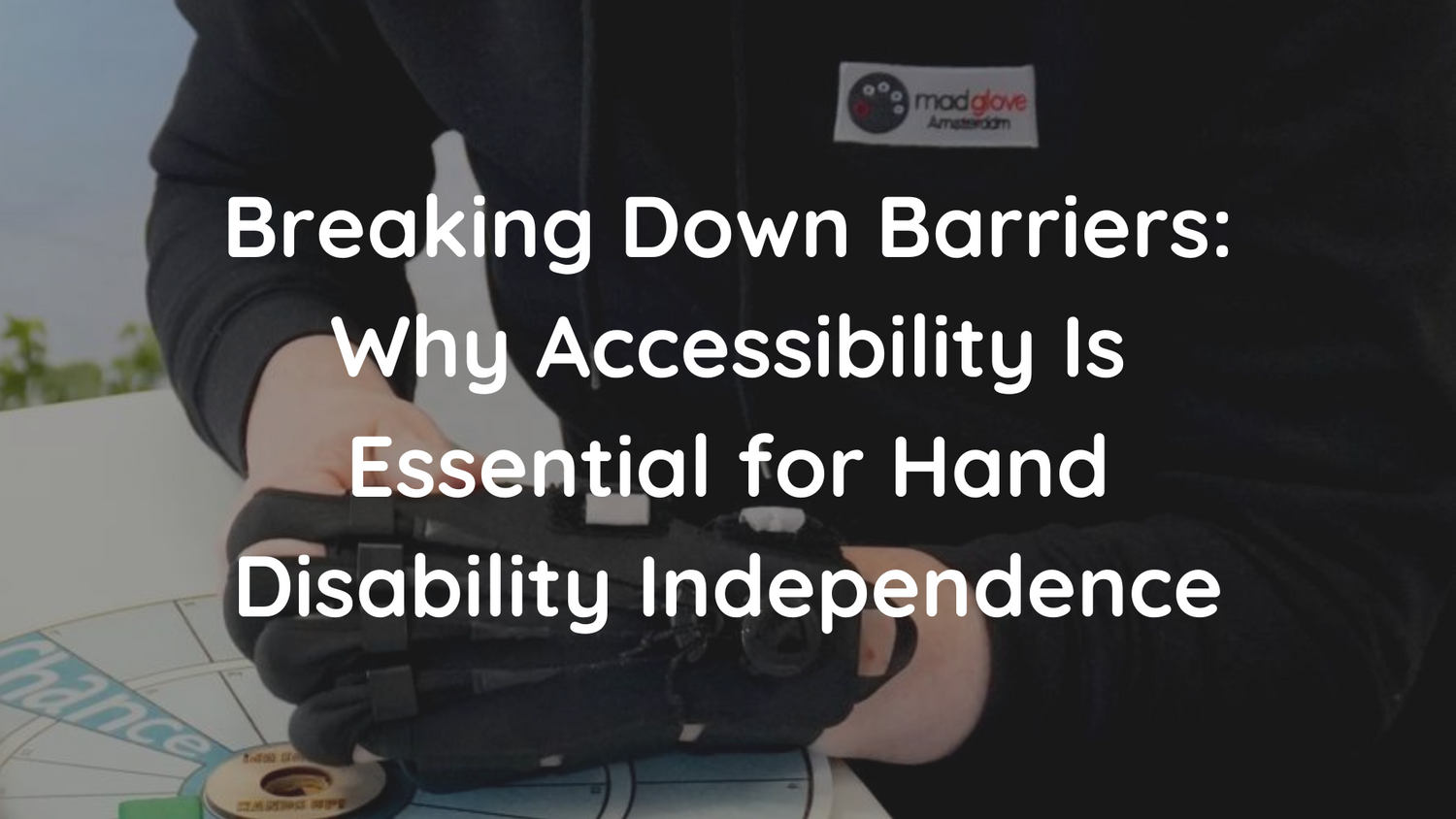Everybody is aware of how the human brain is not only one of the most crucial organs in your body but also a powerhouse of transformation. Sure, we all know the brain keeps everything running smoothly, from breathing to movement to thinking—but have you ever stopped to consider the incredible power it has to change and adapt itself?
Yes, that’s right—your brain is capable of literally rewiring itself. This amazing phenomenon is called neuroplasticity, and it’s revolutionizing the field of neurorehabilitation.
In today’s blog, we’re diving deep into the world of neuroplasticity to explore how it’s helping people recover from brain injuries, stroke, and other neurological conditions. As a proud team member of Madglove, an innovative startup committed to empowering people through rehabilitation tech (like our rehab glove!), I couldn’t be more excited to share this with you.
The Brain’s Power to Adapt: What Is Neuroplasticity?
So, what exactly is neuroplasticity? Essentially, it’s the brain’s ability to reorganize itself by forming new neural connections throughout life. Think of your brain as a network of highways—sometimes due to injury or neurological disease, certain roads get blocked. But thanks to neuroplasticity, the brain can create detours, building new roads and bridges to ensure information and signals continue flowing smoothly.
This capability is key in neurorehabilitation, where specific exercises and therapies encourage the brain to reorganize itself. By tapping into neuroplasticity, individuals can regain abilities lost due to neurological events such as a stroke or traumatic brain injury. It’s all about recovery through persistence and focus, rewiring the brain’s circuitry to improve motor skills, memory, and overall quality of life.

Neuroplasticity in Action: Structural and Functional Changes
Neuroplasticity is a complex process that happens on both a structural and functional level in the brain. Let’s break it down:
1. Structural Changes
Structural changes involve the brain’s physical makeup—neurons, synapses, and dendrites morph and adapt based on new experiences and learning. For example, synaptic plasticity refers to the ability of synapses (the points where neurons communicate) to grow stronger or weaker based on activity. Picture it like a muscle: the more you use it, the stronger it gets.
Another fascinating example is dendritic growth—dendrites are like branches of a tree, and through neuroplasticity, they can grow new branches or reshape old ones to form stronger connections with other neurons. This adaptability is particularly exciting for rehabilitation, as it opens up new ways to recover motor function or cognitive abilities that were lost due to injury or disease.
2. Functional Reorganization
While structural changes involve the physical architecture of the brain, functional reorganization refers to how the brain reallocates tasks to different regions. For instance, if one area is damaged, the brain can recruit nearby healthy regions to take over the function that was lost. This is particularly relevant for those recovering from strokes or brain injuries, where the brain’s flexibility enables compensation for lost abilities.
A great example of this is when someone loses function in one hand—through targeted rehabilitation, the brain can reorganize so that the areas responsible for controlling the other hand expand. The brain’s ability to adapt in such specific and task-driven ways is a testament to its resilience and adaptability.
Shaping the Brain Through Experience
Experience-dependent plasticity is another key component of neuroplasticity. In simple terms, this is how our brains change based on what we do, see, hear, and feel. Every experience has the potential to reshape the brain, and this is especially true when it comes to rehabilitation. For instance, learning a new skill, such as playing the piano or even practicing a specific movement repeatedly, can reshape the brain’s neural pathways and enhance performance.
3. Use-Dependent Plasticity
The phrase “use it or lose it” is especially true when it comes to neuroplasticity.
Use-dependent plasticity highlights how repeated activity can reinforce neural pathways, making them stronger and more efficient. This is why consistent rehabilitation is so crucial for recovery—by engaging the affected areas of the brain over and over, you can help rebuild neural connections and improve function.
A great example of this in practice is Constraint-Induced Movement Therapy (CIMT).
This therapy forces individuals to use their impaired limb by restricting the unaffected limb, encouraging the brain to rewire and strengthen the neural circuits related to the impaired limb. The more you use it, the better those connections become.
How Physical Activity Enhances Neuroplasticity

At Madglove, we’re big believers in combining physical activity with neurorehabilitation to enhance recovery. Studies show that physical activity (PA) promotes neuroplasticity, particularly after a stroke.2 Engaging in aerobic exercise, for example, increases the production of Brain-Derived Neurotrophic Factor (BDNF), a protein that supports the survival of existing neurons and encourages the growth of new ones. This boost in BDNF helps facilitate neuroplasticity and motor learning, crucial for rehabilitation after neurological events.
It’s a powerful reminder that movement isn’t just good for your body—it’s fuel for your brain’s recovery too. This is why physical training, whether it's walking, swimming, or using innovative rehabilitation tools like Madglove, can assist the progress by tapping into the brain’s natural ability to adapt and grow.
The Future of Neurorehabilitation
The amazing thing about neuroplasticity is that it’s not just about recovery—it’s about unlocking new potential. By incorporating the principles of neuroplasticity into rehabilitation protocols, we can push the boundaries of what’s possible for people recovering from strokes, traumatic brain injuries, and neurodegenerative diseases.
At Madglove, we’re committed to helping people harness the power of neuroplasticity. Our innovative rehabilitation glove is designed to assist the brain’s natural rewiring process, giving people the tools they need to improve mobility, independence, and confidence. Every day, we hear inspiring stories from our community of users who are making incredible strides in their rehabilitation, and we’re honored to be part of their journey.
Wrapping It Up: Your Brain is a Superpower
Neuroplasticity is nothing short of miraculous, and its potential in the field of neurorehabilitation is boundless. By understanding and leveraging the brain’s ability to rewire itself, we can open new doors to recovery and improvement for people around the world. At Madglove, we believe in the power of this science to change lives, and we’re excited to see what the future holds for neurorehabilitation.
Remember, your brain is more powerful than you think—keep it active, keep it engaged, and who knows what new connections it will make!

resources https://www.physio-pedia.com/Role_of_Neuroplasticity_in_Neuro-rehabilitation





